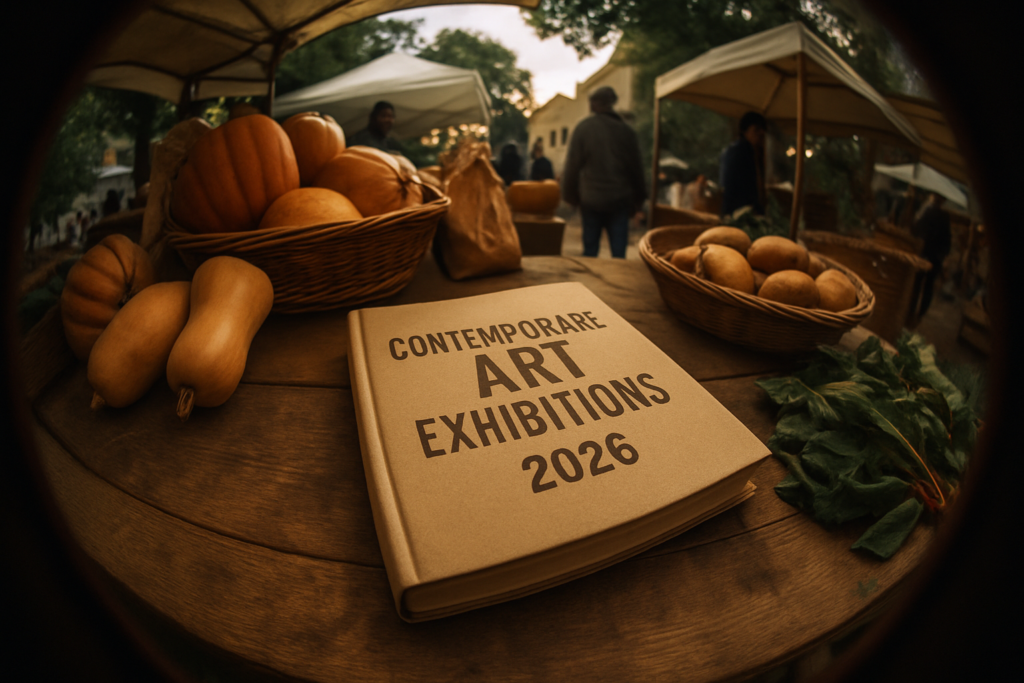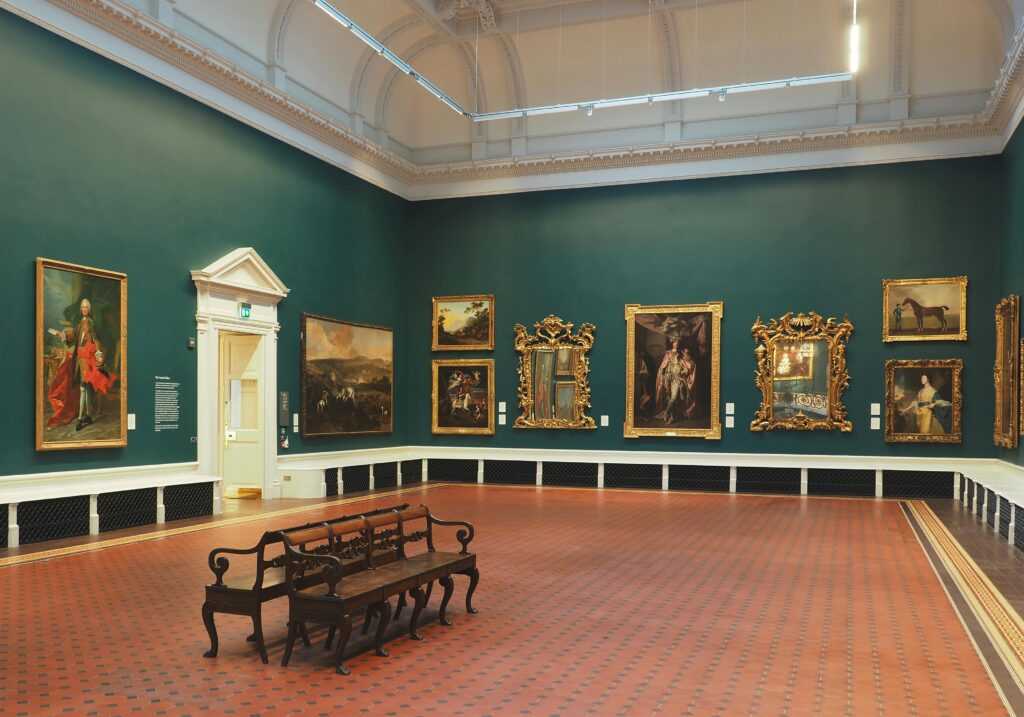Why 2026 Is a Huge Year for the Art World
Global voices aren’t just being included they’re leading. Museums and fair organizers are shifting away from Western centric lineups to spotlight artists from regions long overlooked. Expect to see Latin America, Southeast Asia, and the African continent take center stage, not just as special features, but integrated into the main programming. This isn’t about checking boxes it’s about acknowledging where some of the most urgent, innovative work is happening.
Fairs are also leaning into dual formats with more confidence. After years of experimenting, hybrid events that run both physically and digitally are maturing. Online viewing rooms no longer feel like afterthoughts; instead, they’re doubling as access points for collectors, curators, and fans who can’t hop continents. The result? A wider reach and more diverse audience engagement.
Meanwhile, there’s a new kind of curiosity shaping the art market. Collectors are younger, sharper, and often arriving from different industries entirely crypto, climate science, fashion. And curators? They’re taking bigger swings, from immersive installations to full blown city takeovers. In short, the rules are changing in 2026 fast and the people running the show are finally acting like it.
Venice Biennale (Italy): Still the definitive art pilgrimage in 2026. The Venice Biennale holds its crown. For over a century, it’s been the north star for contemporary art, and this year is no exception. Expect fewer empty provocations and more thoughtful pacing installations that feel lived in rather than loud. With a slate of underrepresented artists and cross continental curators, the tone this year is clear: legacy matters, but relevance matters more.
Gwangju Biennale (South Korea): Spotlight on political narratives and Asian futurism. Gwangju doesn’t shy away from confrontation. In 2026, it leans harder into its activist roots, but layers in more speculative work digital utopias, reimagined histories, and post national aesthetics. The result is part protest, part vision board. Grit and grace, with a wake up call baked in.
São Paulo Biennial (Brazil): Environmental themes and generational shifts take center stage. São Paulo brings the Amazon and the algorithm to the same room. Work here grapples with climate politics, land sovereignty, and youth activism often all at once. Expect installations that challenge linear thinking. A new cohort of Latin American voices is pushing boundaries, and they’re not asking for permission.
For a comparison to recent editions, see: Top Art Biennales 2024
Art Fairs That Define the Market
Art Basel (Switzerland, Miami, Hong Kong) still holds the crown. Think of it as the border control of the global art economy it filters what gets seen, sold, and collected. The 2026 editions continue to flex that reach, stitching together distinct collector cultures under one brand. Art Basel keeps its edge by curating blue chip dominance next to increasingly collectible mid career and emerging voices, carefully balancing spectacle with seriousness.
Frieze (London, Los Angeles, Seoul) doesn’t chase spectacle it redefines it. Each city brings its own flavor, but all three locations are now especially strong on platforming first time fair participants with high stakes ideas. From art meets fashion hybrids in LA to quiet political interventions in Seoul, Frieze’s 2026 calendar shows it’s less interested in just “selling art” and more into culture shaping.
The Armory Show (New York) has officially snapped out of its early 2020s identity crisis. Its 2026 edition introduces a tighter curatorial framework and streamlined collector experience. There’s a return of trust among both galleries and buyers. That accessibility piece? Real. Pricing transparency, more public art zones, and elevated programming have brought The Armory into the global conversation again, not as a relic, but as a fair that finally understands its own city.
These aren’t just markets they’re stages. And in 2026, the best work doesn’t just hang it competes for attention across continents, price points, and curatorial language.
Trends to Watch Across Events

Art fairs and biennales in 2026 are more than just showcases they’re cultural barometers. This year, the most compelling trends are transforming both how art is created and how audiences engage with it.
A New Standard: Gender Parity and Representation
Representation is no longer a goal it’s becoming a standard. Organizers across major events are putting equity front and center, showing real commitment beyond optics.
Women and nonbinary artists make up record percentages of biennale participants
More curators of color and global South voices shaping selection panels
Issues of identity, intersectionality, and access are recognized in both theme and practice
Digital Native Galleries Are No Longer Fringe
Artificial intelligence and digitally native creatives have moved from experimentation to influence. In 2026, they’re not just present they’re central.
AI assisted practices are showcased in curated sections, not sidelined
Digital native galleries are gaining booths in top tier fairs
Collectors and institutions are actively acquiring NFTs, generative art, and AR based works
The Rise of the Art Experience
Art audiences in 2026 want more than white walls and object viewing they want immersion, emotion, and interaction. Fairs are responding with multi sensory formats and participatory programming.
Installation based zones are now anchors, not add ons
Performance and live art are integrated into fair programming daily
Viewers are encouraged to touch, walk through, or even help create certain works
These shifts show that 2026 isn’t just another busy year in the art calendar it’s a turning point in how contemporary art engages with the world.
Looking for what changed in just two years? Here’s how 2024 paved the way: Top Art Biennales 2024
Tips for Attending Like a Pro
If you’re heading to a major art fair or biennale in 2026, don’t waste time on filler. Skip the generic panels especially the ones bloated with buzzwords and no payout. Instead, seek out the curated talks, the off site activations, the satellite events that aren’t listed front and center. That’s where the real conversations and unexpected discoveries happen.
Navigating these events is no small task, but the official apps and collector focused preview tools help cut through the chaos. Use them to plan your route, filter by artist or gallery, and scope what’s worth your energy. Wandering aimlessly is expensive in time and focus.
And yes, book early. Fairs boost local demand overnight, and hotel prices in host cities skyrocket the moment VIP previews go live. The best spots disappear fast. Commit early or prepare to get priced out or stuck somewhere two neighborhoods too far from everything that matters.
Where the Pulse of the Art World Beats Next
2026 isn’t just busy it’s pointed. There are more events, yes, but what sets this year apart is intent. Artists aren’t just showing work; they’re rewriting briefs. They’re pulling focus to invisible labor, climate urgency, postcolonial critique and this time, institutions are staying quiet and listening. The big names are giving up floor space to what would’ve once been considered fringe.
From the curation to the panels to the visual language across fairs, you can feel the shift. Art feels less like a product line, more like a provocation. It’s not always polished or commercial ready, but it’s pulsing with clarity and risk. This is what makes 2026 a year to show up for.
So if you’re only catching one fair, pick one that’s leaning in. Look for programming that unnerves and excites in equal measure. That one plane ticket might be your best investment in understanding where the art world is actually going.


